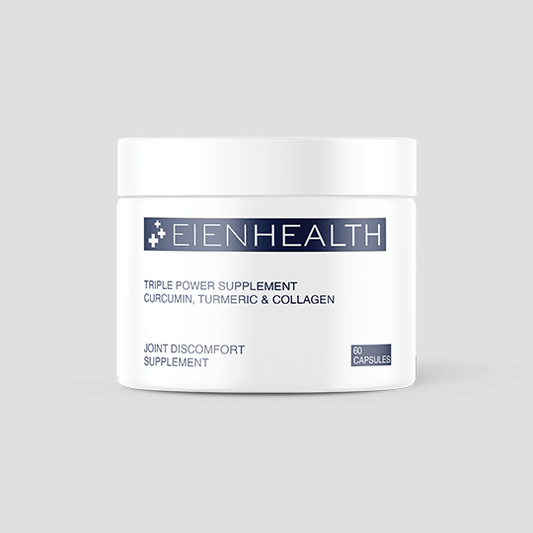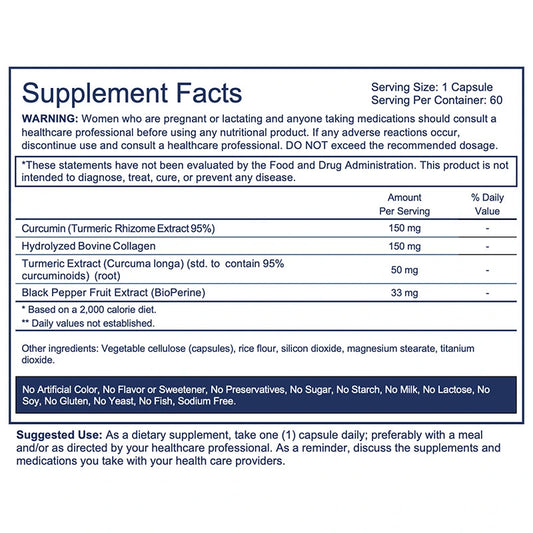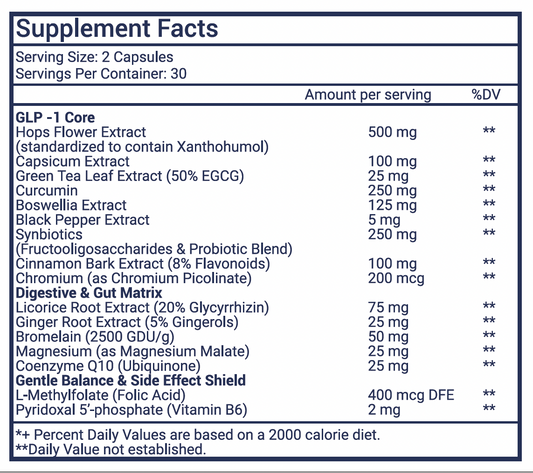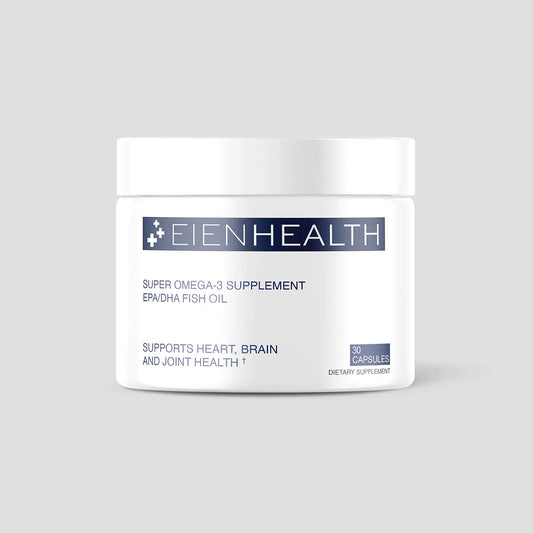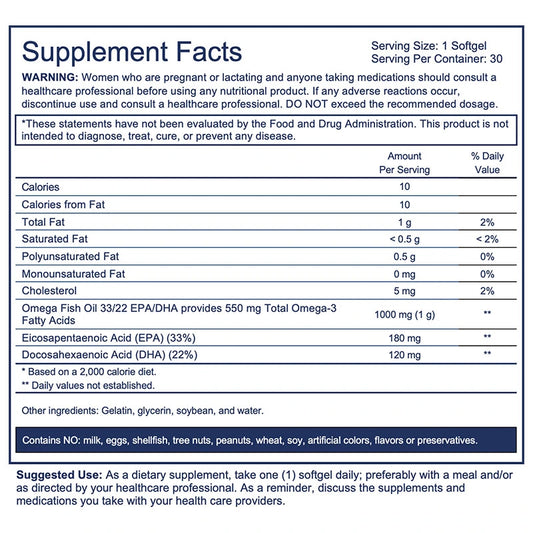These are two big questions and we have big answers for you. NAD+ is a vital coenzyme naturally produced in the body and it also promotes cellular health. To simplify - it is an essential molecule found in every living cell. Biochemists have known about this crucial coenzyme since the early 1900s and have broadly studied how all living cells use NAD+ to produce energy. But newer research is expanding how scientists think about NAD+. They have learned that NAD+ can be used by cellular machines like sirtuins which help cells respond to stress and maintain their overall health. NAD+ levels decrease with age (by age 60, a person’s NAD+ levels are roughly half of what they were in their 40s). This is mere because our cells make NAD+, and as we age our bodies cannot replace the cells that die as quickly with new ones. Now the fact that we lose NAD+ over time and that it is engaged in so many different processes is exactly why some of the world’s leading neuroscientists, biochemists, and researchers are paying close attention to it. In this article, you will learn why it is so significant, how it was founded, and how you can get more of it.
How NAD+ Is So Powerful?
Nicotinamide adenine dinucleotide is what NAD+ actually stands for. NAD+ is always hard at work in the cells of your body. You can even find NAD+ present in the cells of other mammals as well. You can even find NAD+ in yeast, bacteria, and plants. NAD+ was first discovered in 1906 by scientists. Since then, our understanding of it continues to develop. Here is a simple example of how NAD+ is so powerful: In the early 1900s, NAD+ precursor niacin played a role in moderating pellagra, which was a fatal disease that plagued America at that time. Scientists were able to help many people by just giving them milk and yeast both containing NAD+.
NAD+ is a helper molecule and it combines itself with other enzymes to help cause the reactions in other molecules. Unfortunately, NAD+ levels decline with age. The body does not have an endless supply of it and if we do not find a way to add more of it, in time it will run out and that is not good.
But the body does not have an endless supply of NAD+. In fact, it drops as we age.
But the body does not have an endless supply of NAD+. In fact, it declines with age. The history of NAD+ research, and its recent establishment in the science community, has encouraged scientists to investigate maintaining NAD+ levels and getting more NAD+.
What is the History of NAD+?
NAD+ was discovered by Sir Arthur Harden and William John Young in the early 1900s. These two scientists sought to better understand fermentation — in which yeast metabolizes sugar and creates alcohol and CO2. Almost 20 years had passed before more NAD+ acknowledgment when Harden won the 1929 Nobel Prize in Chemistry with Hans von Euler-Chelpin for their work together on fermentation. Euler-Chelpin identified that the structure of NAD+ consists of two nucleotides, the building blocks for nucleic acids, which make up DNA. The discovery that fermentation, a metabolic process, count on NAD+ suggested what we now know about NAD+ playing a critical role in metabolic processes in humans. In his 1930 Nobel Prize speech, Euler-Chelpin stated that NAD+ as cozymase, what was once called, flaunting its strength. “The reason for our doing so much work on the purification and determination of the constitution of this substance,” he said, “is that cozymase is one of the most extensive and biologically most imperative activators within the plant and animal world.”
Otto Heinrich Warburg — most recognized for “the Warburg effect” — made even more progress with this science in the 1930s. he researched the subject further and explained the NAD+ role in metabolic reactions. In 1931, chemists Conrad A. Elvehjem and C.K. Koehn were able to discover that nicotinic acid, a precursor of NAD+ did play a major role in the pellagra. It helped cure many of the fatal diseases that broke out in America earlier that century.
During the following decade, Arthur Kornberg, who later won the Nobel Prize for showing how DNA and RNA are developed, discovered NAD+ synthetase, the enzyme that makes NAD+. This was the start of understanding the building blocks of NAD+. In 1958, the scientist's Jack Preiss and Philip Handler discovered what is now known as the Preiss-Handler pathway. The pathway shows how nicotinic acid — the same form of vitamin B3 that facilitated cure pellagra — becomes NAD+. This aided scientists to further understand the part of NAD+ in the diet. Handler later earned the National Medal of Science from President Ronald Reagan, who cited Handler’s “outstanding contributions to biomedical research...furthering the state of American science.”
Although scientists had finally understood the importance of NAD+, they have still not had a full understanding of the impact it would have on a cellular level. Over the next decades, scientists continued to discover more about this incredible coenzyme.
The Awareness of NAD+
In the 1960s, our understanding of the importance of NAD+ really started. Using nuclear extracts from hen liver, French scientist Pierre Chambon identified a process called Poly ADP-ribosylation, where NAD+ is broken down into two component parts, one of which (nicotinamide) gets reprocessed, while the other (ADP-ribose) meets up with a protein. This study designed the foundation of the field of PARPs, or poly (ADP-ribose) polymerases, a group of proteins that rely on NAD+ to function and perform cellular functions. PARPs are like another group of proteins called sirtuins in that they both only operate in the existence of NAD+.
Recognizing this created a clear link between sirtuins and metabolism. It was also an indication to scientists that metabolism is straightforwardly related to other biological processes. Furthermore, it inspired more research on a topic previously overlooked. “There are maybe 12,000 papers on sirtuins now. At the time we discovered the NAD+ dependent deacetylase activity the number of papers was in the 100s,” Guarante’s said.
Humans get NAD+ from their diet with foods made up of amino acids that are also predecessors to NAD+. Nevertheless, NR is a highly effective precursor to NAD+. If NAD+ precursors are different routes you can take to get to a purpose, NR is often thought to be the best obtainable way to NAD+. Scientists worked toward creating a better NAD+ supplement, thinking outside the diet to access it. The fact that NR is thought of as a highly efficient way to boost NAD+ raised the question: We now know what NAD+ can do, but how do we get more of it?
The Future of NAD+
It has been a century and NAD+ has always been important but only now we know how vital it actually is to our health. This slowly but surely pace of the scientists was well worth the wait. NAD+ can be utilized in many ways. The most recent studies prove that daily doses of NAD+ supplements can increase levels of NAD+ in humans by an average of 40%. There are still so many studies that we are hopeful to learn even more about this incredible power enzyme.



